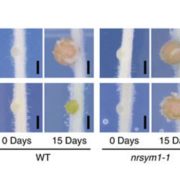
A NIN-LIKE PROTEIN mediates nitrate-induced control of root nodule symbiosis in Lotus japonicus
Legumes form root endosymbioses with Rhizobium bacteria in a special structure called nodule. In this symbiotic relationship, on one hand the plant provides the microbe with sugars and in exchange it receives fixed atmospheric nitrogen, the main limiting element for plant growth. Nevertheless, when nitrogen…
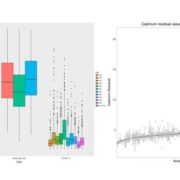
Genomewide association study of ionomic traits on diverse soybean populations from germplasm collections
Germplasm collections are invaluable resources for plant science and the elemental content of the seeds is a strong indication of the plant’s response to its specific environment. In this study, Ziegler et al. have selected 1,653 soybean accessions from the USDA Soybean Germplasm Collection and seeds…
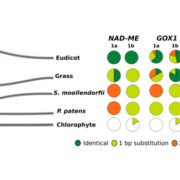
Ancient duons may underpin spatial patterning of gene expression in C4 leaves
C4 photosynthesis describes a biochemical CO2-concentrating mechanism that relies on the spatial separation of biochemistry between two cell types, mesophyll cells (MCs) and bundle sheath cells (BSCs). However, there is currently little evidence on how some genes are preferentially expressed in BSCs…
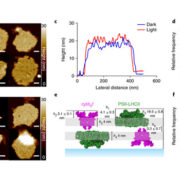
Dynamic thylakoid stacking regulates the balance between linear and cyclic photosynthetic electron transfer
The activation of photosynthetic electron transport upon a dark-to-light transition occurs prior to the initiation of CO2 fixation by Rubisco in the Calvin cycle. A mechanism known as cyclic electron transfer (CET) exists that generates the proton motive force required to drive ATP synthesis without…

Ethylene signaling modulates cortical microtubule reassembly in response to salt stress
Ethylene is an important mediator during plant adaptation to salt stress. During salt stress, ethylene has been shown to promote microtubule (MT) stability and organization. Dou et al. further examine this pathway using Ag+ to block ethylene signaling in addition to using various mutants. In wildtype…
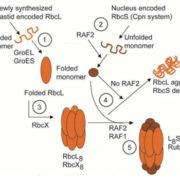
RAF2 is a Rubisco Assembly Factor in Arabidopsis thaliana
The assembly of the carbon fixing enzyme Rubisco is a complex process and involves many chaperones including RAF1, RbcX and the chaperonins. Recent evidence pointed to the existence of another chaperone, RAF2, conserved among photosynthetic organisms. The protein has similarity to pterin-4α-carbinolamine…
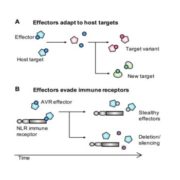
Review. The coming of age of EvoMPMI: evolutionary molecular plant-microbe interactions across multiple timescales
Often, a wide gap exists between evolutionary research, that is focused on theoretical approaches and organism evolution across multiple timescales, and molecular research aspiring to solve mechanistic puzzles of how particular systems work. Plant Biology is no exception to this, and much can be learnt…

Conservation of Genomic Imprinting during Wheat Polyploidization
Yang et al. discover conservation of genomic imprinting between closely related Triticum and Aegilops species. https://doi.org/10.1105/tpc.17.00837
By Guanghui Yang and Mingming Xin
Background: Genomic imprinting causes genes to be differentially expressed depending on their parent-of-origin, which…
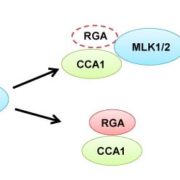
Combining Forces for Hypocotyl Elongation: Histone Modifications, GA, and the Circadian Clock
Zheng et al. discover proteins that mediate interactions between gibberellins and the circadian clock https://doi.org/10.1105/tpc.17.00830
By Han Zheng and Yong Ding
Background: Hypocotyl elongation helps the shoot emerge from the soil surface. The gibberellin (GA) signaling protein RGA inhibits…

